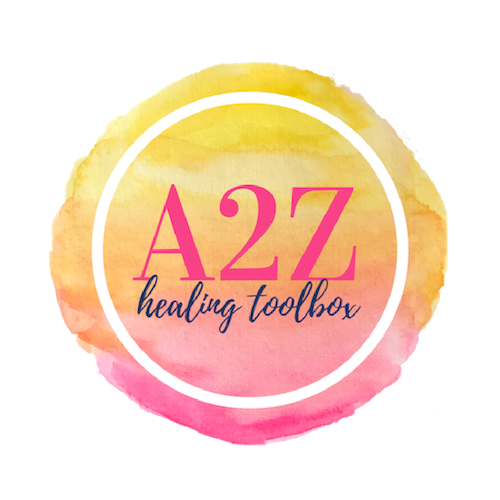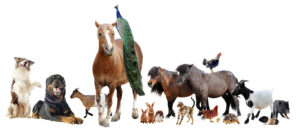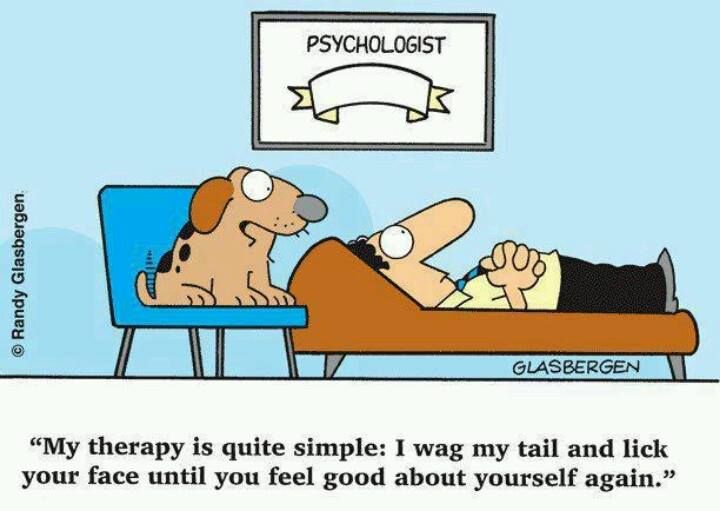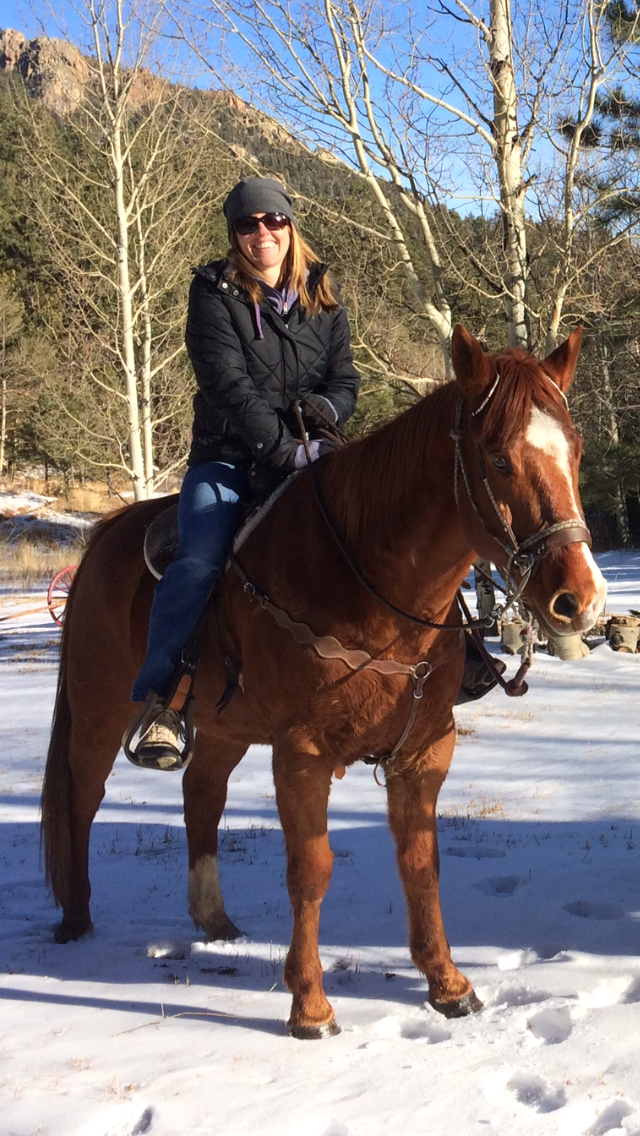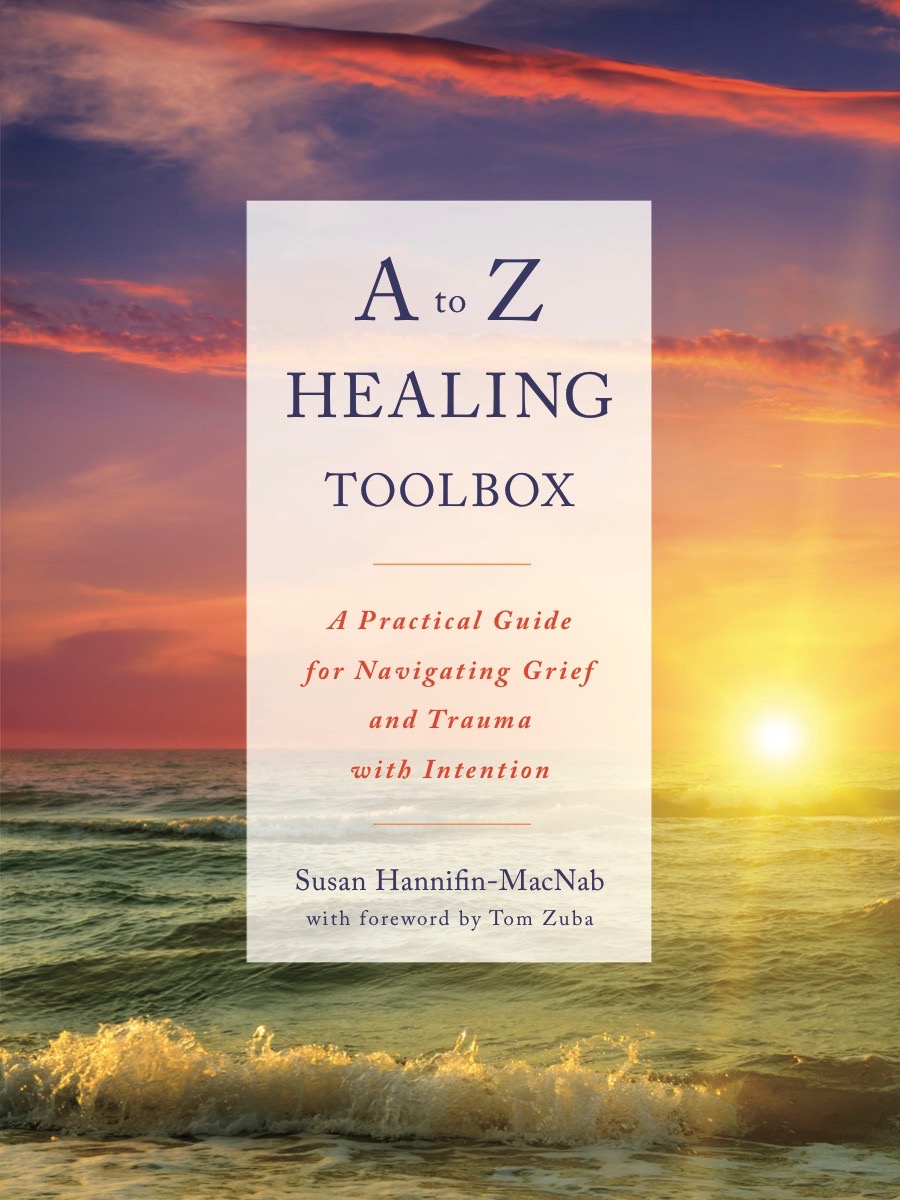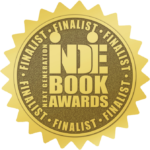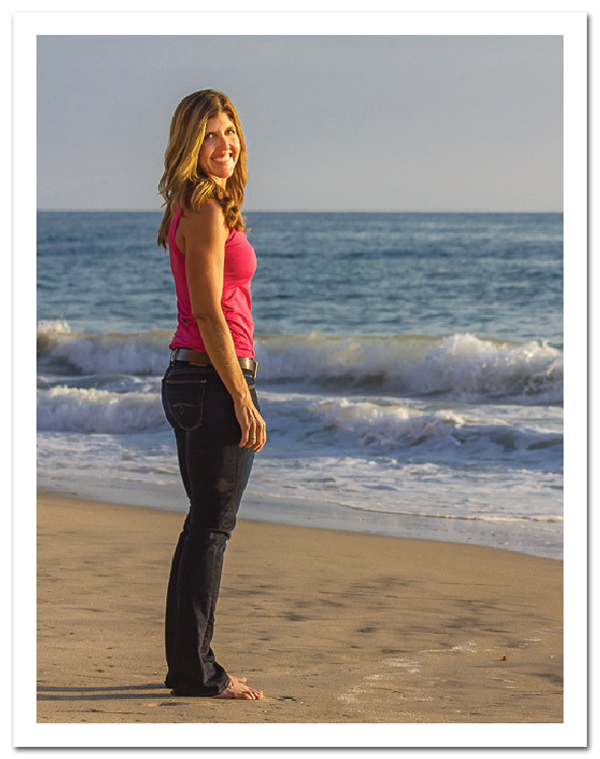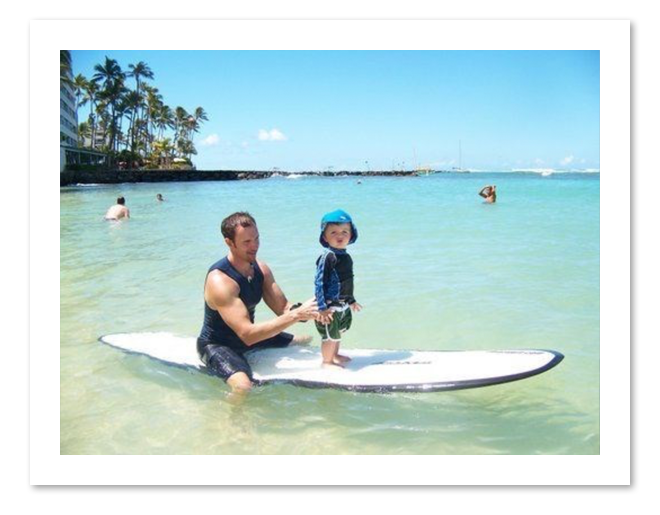“We have more to learn from animals than animals have to learn from us”
~ Anthony Douglas Williams
Memories of our junior high school years are usually not the best. There is the usual self-consciousness about body image (Am I too short or too tall? Too fat or too thin?), the traditional angst about hormonal surges (Is this what they call a zit!?) and the normal hysteria of the first school dance (Ugh! What if he asks me? Ack! What if he doesn’t?)
For me, memories of junior high school are punctuated by a massive seagull pooping on my head during lunchtime- while 500 of my closest classmates looked on.
I was mortified.
After the dive bombing incident, my best friend Stephanie shuffled me into the bathroom where she proceeded to wipe my hair with about 2,000 paper towels. I loved Stephanie.
But I wasn’t a fan of birds.
My disdain for birds probably all started when I was a toddler and my mom took me to Sea World San Diego, where a hungry duck proceeded to take a big bite of my tiny bare foot, which was hanging off of the edge of the stroller. Or maybe it was the dozens of times that hummingbirds whizzed between the slats in the patio overhang at my childhood home, startling me into “duck and cover” position lest my face be used as a human dart board. It also could have been the huge, white, ornery goose that honked, hissed and chased me down each time I began my jog around the local lake.
I didn’t appreciate birds at all until I watched the documentary “March of the Penguins” (2005).
Emperor penguins are truly amazing creatures. Each year in April, thousands of them gather on the Antarctic ice and choose a mate by giving a tiny pebble to the one they desire. After this pebble exchange, the penguin couple mate FOR LIFE. In June, the female penguin passes her newly laid egg to the male, who then keeps the egg warm on the top of his feet for A MONTH. Then all of the dads and unborn babies huddle together in subzero temperatures while the moms walk up to 49 MILES to find food. In July, when the moms return, a gentle egg pass-off begins. The egg is carefully rolled from the father’s warm feathers & feet to the mother’s warm feathers & feet. And after the egg transfer, the dads waddle off for many miles to find THEIR next meal.
Sign me up! Mating for life! Shared care of the children! Cooperation and community living! That’s what I envisioned when I got married.
So when Brent died in 2012, I felt like a lost emperor penguin. Where was my forever mate? The one who gave me the pebble? All of the other penguins were already matched up, in pairs. I was devastated. I was confused. I was alone.
And then I met people whose children had died. They felt like lost penguins too.
Because sometimes during the gentle egg pass-off, the egg accidentally rolls off the father’s feet and onto the frozen ground. The penguin couple struggles to get the egg off the ice, but try as they might, they just can’t do it. The couple can’t successfully transfer the egg from warm feet to warm feet. The egg freezes on the ground. The unhatched baby penguin doesn’t survive.
I pictured all of the suddenly single adult penguins and childless penguin couples waddling around on the ice feeling lost, alone, dazed and confused.
Is there some sort of group therapy for grieving and traumatized animals?
Fortunately for humans, there are many healing therapies we can utilize while moving through grief, loss and trauma. ANIMAL THERAPY is one.
As mentioned in the A2Z Toolbox (Letter A~ Animals), research shows that human physiology is positively altered in the presence of animals. Many therapists, medical professionals, hospice workers, hospitals and veteran recovery programs have introduced pets to provide comfort and healing to those recovering from loss and trauma. Many doctors and dentists have even added fresh water aquariums to their waiting rooms because of the relaxing, meditative effects of watching fish swim. Interaction with animals can help us to:
-
increase our levels of oxytocin & dopamine (the body’s natural “feel good” hormones)
-
decrease our levels of cortisol (stress hormone)
-
raise our levels of immunoglobulin A (the antibody that strengthens the immune system)
-
reduce our blood pressure, heart rate and anxiety
-
eliminate our feelings of loneliness and isolation
There are countless organizations that utilize animals to assist in the healing of the mind, body and spirit. The Patriot Paws program (www.patriotpaws.org), trains prisoners to work with puppies who then become service dogs for veterans with Post Traumatic Stress Disorder. Paws With a Cause (www.pausewithacause.org) provides service dogs for children with autism. Love on a Leash (www.loveonaleash.org) is dedicated to providing emotional support and animal assisted therapy to those in need through their volunteer rabbits, cats, birds and dogs. Many medical doctors now prescribe emotional support animals to patients who struggle with anxiety and depression.
When my husband died, I could barely function. It was a herculean effort just to get out of bed each morning, much less take care of our young son. I am allergic to hamsters, guinea pigs, and cats and there was no way I could even think about taking care of a dog! So I started with one beautiful $10 betta fish. I put it on my bedside table and just watched it swim.
Then I started borrowing other people’s animals for grief and trauma relief.
My friend Marni owns Bogey, a white Coton de Tulear, and he was always ready to give loving licks.
My friend Robin owns Cooper, a golden Labrador Retriever, and he was always good for quite a few laughs.
Next came the horses. Whenever I went on vacation, I would make an effort to schedule a horse-back riding trip. This one took place in Colorado.
Finally, about two years after Brent died, I was ready to investigate getting our own pet. I made a list of every quality I wanted in a dog. This was the list:
- Non shedding / Hypoallergenic
- Low maintenance
- Loves the water- ocean & lakes
- Loves the outdoors- hiking & exploring
- Easily trainable
- Loves people
- Extremely comfortable around children

I had no idea if this dog existed, but I was willing to look. I showed my list to a local dog trainer who took one glance at it and declared, “What you are looking for is an Australian Labradoodle!” Say, WHAT? First of all, Australia was where we had been living right before Brent died and Australia was where our son was born. Second of all, I was a dog lover and had NEVER heard of this breed. (Apparently, back in the 1980s, some Australian dog lovers decided to mix four breeds together- Labrador Retriever, Poodle, Irish water dog, American cocker spaniel) We got the perfect dog for us. And we named him Kai.
“Kai” is the Hawaiian word for “ocean” or “sea”. Hawaii was the place where Brent and I made our home together for 7 years. Kaimana Beach, on the South Shore of Oahu, was our favorite beach. We got married at Kaimana Beach, gave our son the middle name “Kaimana”, and it is now where Brent’s ashes and “mana” (spirit) co-mingle with the waves at his favorite surf spot.
Kai has been a living symbol of integration- merging “old life” with “new life”. He has helped in our family’s healing immensely. He brought joy and laughter to our home, gave us breaks from the intense emotions of grief, calmed my rampant anxiety, counteracted my depressed mood, and helped to stabilize my breathing (I still lie on the floor next to him and try to match his relaxed, grounded breath). Kai has also become an integral part of my re-socialization process. For years, I lived in a cocoon, feeling isolated and alienated from “normal people” (the non-grieving/non-traumatized community). I had nothing to say, nothing to share, nothing in common. But pets are wonderful ice breakers. Having Kai has allowed me to interact with the children at my son’s school (“How old is your dog? What’s your dog’s name?”), strike up simple conversations with other dog owners while out hiking (“Which veterinarian do you use?”) and now we volunteer in the community with other people and their birds, cats, rabbits and dogs with the Love on a Leash certified pet therapy team.
Are you able to integrate more ANIMALS into YOUR life as you RESTORE, RENEW & REBUILD?
As you continue to walk this journey, please know that you are not alone! There are thousands of us (with our animals) walking alongside you and holding you up with tools, resources, support, love and encouragement along the way.
~ Susan
